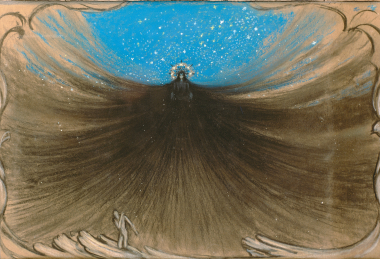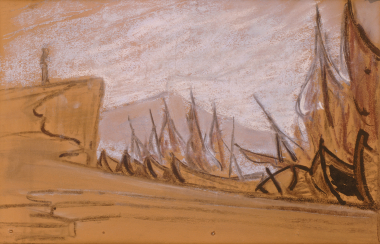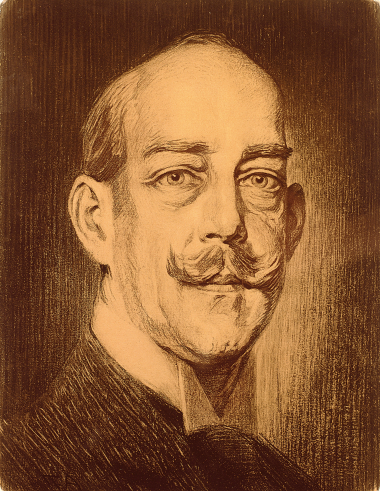Yannena-Argyrokastro, 1913

Yannena - Argyrokastro must have been painted around 1912 - 1913, when he was taking part in the Epirus Campaign in the Balkan Wars, and perhaps was among the works inspired by wartime experiences which he exhibited in Athens after the end of the war. In this, all the desolation of the abandoned Greek countryside after the Balkan Wars is conveyed. The free, and at some points untidy, brush-stroke gives the impression of on-the-spot observation during his travels in the Epirus countryside, while the thick paint, in conjunction with its structural use, bears testimony to his training in Germany.







